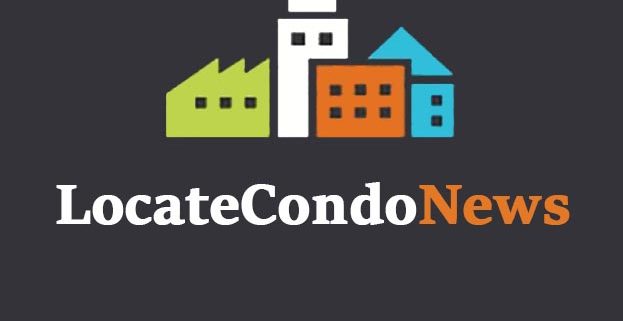Douglas Porter and Benjamin Reitzes
The age-old question of whether to lock into a longer-term fixed mortgage rate or stay in a variable rate has become an increasingly complex and important issue recently, with short-term rates at extreme lows and pressure likely to build for higher rates in the year ahead. Historically, there is little debate which has been the better option: typically borrowers save money by staying in variable products, and riding the rollercoaster of fluctuating rates. In fact, fully 82% of the time since 1975, the cost effective route for borrowers was to stay variable (Chart 1). And, if anything, the spread between 5-year fixed mortgage rates and variable rates has been widening further in recent years, and is now close to an all-time high (Chart 2). However, there are a number of important caveats to point out, before rushing to assume that the variable option is again the hands-down winner.

We have been in a long-term declining rate environment, almost without a break, since the early 1980s.
The Bank of Canada’s overnight rate is now as low as it can go, so there is simply no further downside for variable rates. The surprises by definition can only be to the high side from here.
Posted rates do not tell the whole story, and the actual rates that borrowers negotiate have made the call much closer between fixed and floating in recent years than the headline figures would suggest.
Fixed rates were advantageous during only two recent periods—through the late 1970s and briefly in the late 1980s; in both cases, ahead of a period of rising interest rates, as is the case now.
The Case for Staying Fixed
A conventional fixed rate mortgage can mitigate a number of risks. Inflation hasn’t been a problem in Canada since the Bank of Canada adopted inflation targeting, averaging precisely 2% since 1991. However, there is an outside risk of an inflation flare-up as global central banks keep the pedal to the policy metal, and amid record government deficits. These efforts risk sparking inflation, especially if the global economic recovery is stronger than expected.
Either of those potential scenarios could force the Bank of Canada to raise interest rates aggressively, driving variable mortgage rates higher, but leaving fixed rate choosers unscathed. Another reason fixed rates are attractive in the current environment is that short-term rates are already as low as they can go—rates are only going to move higher from here as the economy recovers. Considering the likely upward trend in interest rates (similar to the late 1970s and 1980s) as the economy is emerging from recession, this may be one of those rare periods when a fixed rate turns out to be the superior choice. Further illustrating the potential rationale for going fixed is the near record low “real” 5-year rate (Chart 3). Finally, a fixed rate may ultimately prove more expensive, but you get certainty, and that certainty is worth something to many.
The Case for Going Variable
The clearest advantage to a variable rate mortgage is that it has been consistently less costly than its conventional counterpart over time. There have only been a small handful of occasions in modern history where a variable rate was the less favourable option. And, the current outlook for inflation remains benign, with significant excess capacity in both Canada and the U.S., which will likely keep price pressures at bay well into 2011. The soaring Canadian dollar is putting additional downward pressure on prices, reducing the near term need for the Bank of Canada to raise rates. There even remains some risk of deflation south of the border. Low and steady inflation, taken with a fragile global economic recovery, points to the Bank keeping its commitment to hold rates steady through June 2010 (conditional on the inflation outlook). There is also some risk to locking in as fixed rates could fall if the economy performs worse than anticipated.
Even as rates start to rise, one can always lock into a fixed rate at a later date. But with BMO’s 5-year variable rate at a record low 2.25% (matching the prime rate), the extra 2.29 percentage points on the special 5-year fixed rate offer may simply be tough to swallow for many (Table 1).

The verdict: The decision really does depend on the individual, for those who don’t have a lot of financial flexibility, and would run into difficulty from a pronounced upswing in interest rates (typically first-time buyers), the moderate extra cost for peace of mind may be a price worth paying. And frankly there is a reasonable scenario where fixed rates may actually prove to be a cheaper alternative at this point. In fact, mortgage pricing is relatively efficient and the fixed rate is usually a good approximation of expectations of the variable rate. However, our core view is that the most likely economic and interest rate outlook will ultimately again slightly favour the variable rate option, and that’s particularly the case given BMO’s current rate of 2.25%—but it’s a much closer call than usual.


 Maziar Moini, Broker of Record - Home Leader Realty Inc.
300 Richmond St. W., #300, Toronto, ON M5V-1X2
Maziar Moini, Broker of Record - Home Leader Realty Inc.
300 Richmond St. W., #300, Toronto, ON M5V-1X2



